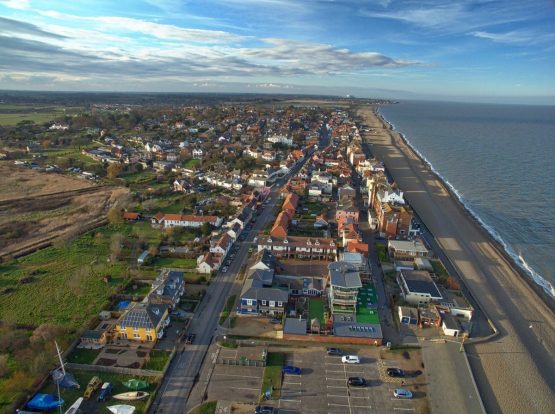Planning and the Management Plan

Section 89 of the Countryside and Rights of Way Act (CRoW) places a duty on local authorities within an Area of Outstanding Natural Beauty (AONB), now known as National Landscapes, to act jointly to prepare and publish a Management Plan.
The Suffolk & Essex Coast & Heaths National Landscape Partnership produces a Management Plan every five years on behalf of the six Local Authorities that operate across the Protected Landscape.
The Management Plan sets out the special characteristics and qualities of the National Landscape and formulates the local authorities’ policies for its management and for carrying out their functions in relation to plan-making and decision taking as part of development management.
The Management Plan is a material consideration that should be considered when local authorities are preparing Development Plans, Neighbourhood Plans and determining planning applications. Despite being a material consideration, the Management Plan does not form part of the statutory development plans prepared by local authorities.
Following the Government funded Landscapes Review of National Parks and AONBs, in November 2023 AONBs were renamed National Landscapes, with the Suffolk Coast & Heaths AONB becoming the Suffolk & Essex Coast & Heaths National Landscape.
However, as law and policy was not changed, a decision to use the term AONB in the statutory Management Plan was made.
Management plan policies for planning
While the whole of the Management Plan should be considered in respect of planning decisions, the following policies are considered to be most relevant to the planning process:
Land Use and Wildlife Objectives:
LUW1: The AONB landscape and the factors contributing to its natural beauty and special qualities are conserved and better understood
LUW2: Features that detract from the AONB’s natural beauty are, where possible, removed
LUW3: The AONB’s cultural, wildlife, archaeological, historical, and geological, heritage is better understood and more widely known about
LUW4: Development decisions have regard to the purposes of the AONB and scenic beauty is given great weight in the determination process
LUW5: Major infrastructure projects avoid, mitigate and offset negative impacts on the natural beauty and special qualities of the AONB
LUW6: Small scale developments, including those for micro energy generation, are supported where they do not adversely impact the purposes of the AONB
LUW7: The views of local communities are taken into account during the determination of development applications, particularly when Neighbourhood Plans are in place
Landscape objectives
L1: The landscape of the AONB is conserved and enhanced
L2: National and local plan policies recognise the need to conserve and enhance the designated landscape
L3: Features that contribute to the natural beauty and special qualities of the AONB are conserved and enhanced
